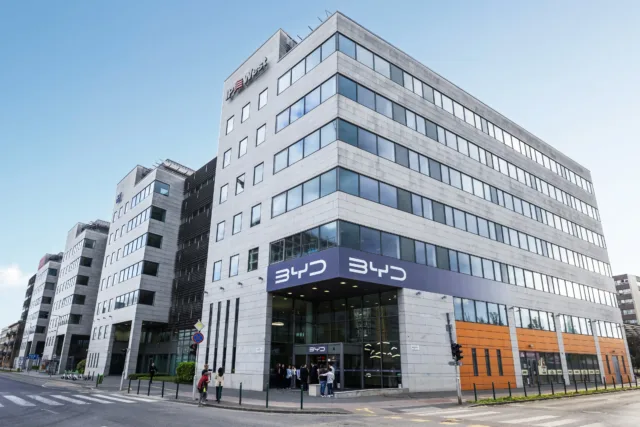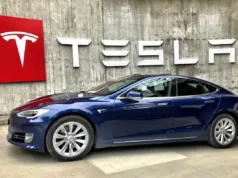
BYD has sold 17,470 fully electric and plug-in hybrid vehicles across its European markets in October, a 206.8% jump from the same period a year ago.
The figures, published on Tuesday by the European Automobile Manufacturers’ Association (ACEA), include sales in the European Union, the EFTA countries (Iceland, Liechtenstein, Norway, and Switzerland), and the UK.
In the EU alone, the Chinese giant sold 13,350 units, which also represented a surge of 195% year over year.
BYD expanded its passenger vehicle portfolio to European markets in 2022, after only having been present in the continent through its electric buses — of which sales began in the Dutch market 11 years ago.
Local Production
BYD first began local production of its commercial vehicles in Hungary in 2017.
It is now preparing to manufacture passenger vehicles in the Old Continent, with two plants under construction in both Hungary and Turkey.
Earlier this year, Reuters reported that BYD had delayed the start of mass production in its first passenger vehicle plant in Szeged to 2026.
By then, the company denied the rumors, stating that it remained on track to begin production ahead of the end of the year.
However, BYD‘s Executive VP Stella Li said last week that production is scheduled to begin in the second quarter of 2026, while construction is expected to be completed by the year end.
EV Adoption
In the European Union, over 1.47 million battery electric vehicles were registered in the first ten months of 2025, representing 16.4% of the market.
According to data by ACEA, 62% of those units were registered in four markets alone: Germany, Belgium, the Netherlands and France.
Year over year, fully electric sales jumped by 38.6%, while hybrids rose 9.4% and plug-in hybrids recorded a 43.2% surge.
At the same time, petrol and diesel vehicle registrations declined by 18.3% in most European markets. The largest drops were registered in France, Germany, Italy and Spain.
In Germany, BYD registered a new monthly record for the second consecutive month in October.
Competitors
In Europe, BYD competes with China’s state-owned SAIC Motor, which produces both internal combustion engine and electric vehicles.
Last month, SAIC‘s brands — which include MG and Maxus — sold 23,860 vehicles across the continent, a 35.9% growth year over year.
MG — which produces models of all powertrains — is the best-selling Chinese brand in the continent. The brand is originally British and was bought by the Chinese group in 2007.
Other Chinese carmakers in the continent include Chery, XPeng, Geely (and Geely Holding Group’s brands Lotus, Lynk & Co, Polestar, and Zeekr), Nio, among others.
Although BYD entered the market more recently, it now sells nearly three times as many vehicles as Tesla, which registered below 7,000 units last month.
However, it’s important to note that the Elon Musk-led brand manufactures only fully electric vehicles, while BYD’s sales include both electric and hybrid models with a much cheaper average selling price.
Last week, BYD launched the plug-in hybrid version of the Atto 2 SUV in Spain.
The fully electric version of the model — named ‘Yuan Up’ in China — had been released in Europe in February.
The company explained that the decision to offer a hybrid powertrain was driven by customer demand in Europe. The iteration is not available in BYD’s home market.









